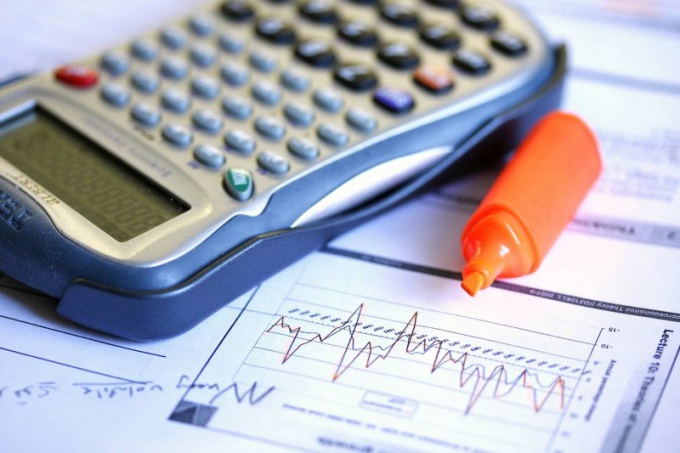The concept of value added
Value added (value added) is calculated as the difference between revenues and cost of goods and services purchased from outside organizations. The latter will include, in particular, the cost of raw materials and semi-finished products, repair, marketing, service, energy costs, etc.
Added is the value of the goods (or services), which increases the cost of the product during processing prior to sale it to the consumer. It includes payroll, rent, depreciation, rent, interest on loan, and profits.
For example, the company sold products in the amount of 100 thousand rubles For the production of these products it purchased raw materials on 30 thousand. and also the paid services of outside contractors on the 10 th Added value in this case is 60 thousand. (100 - 30 - 10) or 60% of the cost of the final product.
Western economists also share the notion of negative value added when additional processing not only adds value of the goods, but, on the contrary, reduces it. In a market economy the phenomenon of missing and applicable to the planned model.
The company added value is used in the following areas:
- salary payments (salary, bonus, compensation, contributions to extra-budgetary funds);
- paying taxes (except sales taxes and VAT);
- payment of Bank interest, dividends and other payments;
- investment in fixed asset acquisition, research and development and intangible assets;
- depreciation.
If, after all expenses incurred, there are any funds remaining, they are called retained value added (Value Added Retained). The latter can be negative when the added value is insufficient to cover all costs.
Gross value added
Distinguish between the concept of gross value added, which is calculated on the level of economic sectors. It is defined as the difference between output of goods and services and intermediate consumption. The summation of gross value added of all economic sectors constitutes in the amount of GDP production.
Intermediate consumption total cost consumption of goods and services to produce other goods and services. This, in particular, raw materials, purchased components and semi-finished products, fuel, electricity, etc.
Economic value added
Economic value added (EVA) is a method of evaluating the economic profit, which is used in the analysis of business efficiency from the standpoint of the owners. This company's profit from activities after tax and reduced investment in capital (at the expense of own and borrowed funds).
Formula EVA= profit - taxes invested in venture capital (total liabilities)*weighted average cost of capital.
Thus, the economic value added less profit (and therefore more losses) by the amount of payment for capital.


